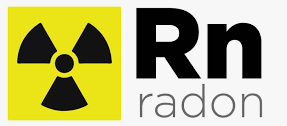Here at Environmental Doctor in Dayton Ohio, we’re starting off the year with National Radon Action Month! Did you know that radon gas is dangerous and causes approximately 20,000 deaths in the US each year? In order to increase awareness on the risks of radon gas, undetectable to the naked eye and nose, the U.S. Environmental Protection Agency (EPA) has declared January to be National Radon Action Month.
Why increase radon levels awareness? The best way to prevent a health risk from radon is to be educated on the subject and inform others. Most classify this type of gas as “the silent killer: radon,” which was actually a famous slogan years ago; in order to market radon testing in homes. Furthermore, radon is a leading cause of lung cancer among non-smokers and unfortunately it’s a harmful odorless gas. We can’t see radon gas, we can’t smell radon gas and we can’t taste radon. Although we have made vast improvements on radon testing locally and across the nation, the public tends to forget that it’s still very much alive. Think about the places you and your loved ones spend the most time in. Whether it’s at home, a friend’s garage or relative’s home, school or work, radon is formed from the ground up. Naturally.

So may ask yourselves… What is radon?
Radon is a radioactive gas which is formed from the natural breakdown in uranium from rock, soil, and water. This odorless gas (radon) then travels up through cracks and spaces in your home’s foundation. The EPA advises that for National Radon Action Month, we test our homes, spread the word and encourage others to test their homes or commercial buildings and to learn more about radon gas risks. And as always, the Environmental Doctor is here to help you with indoor air testing in Ohio and to answer any questions.

